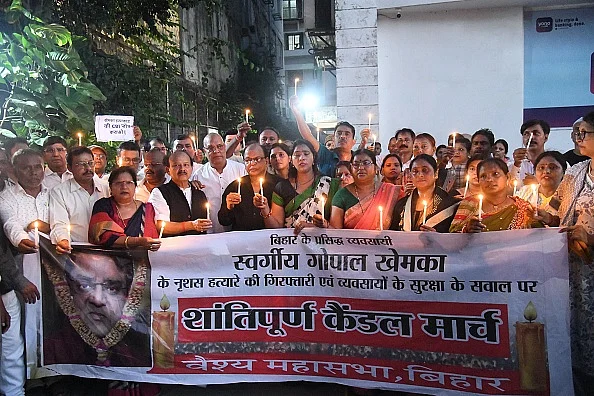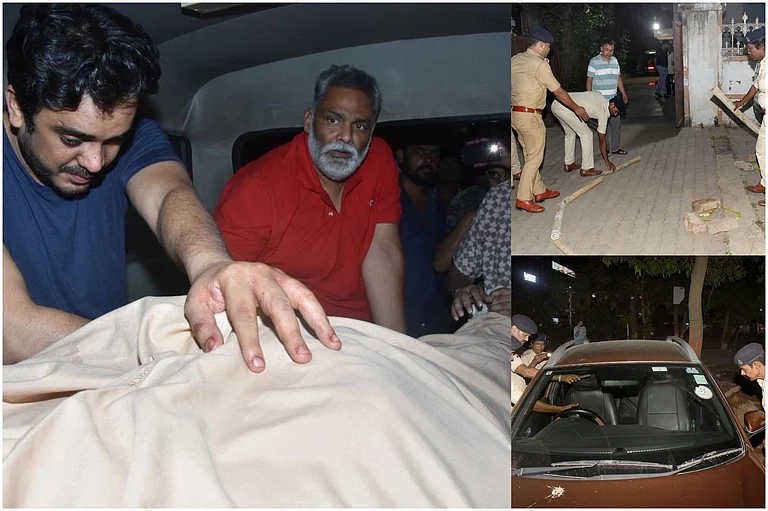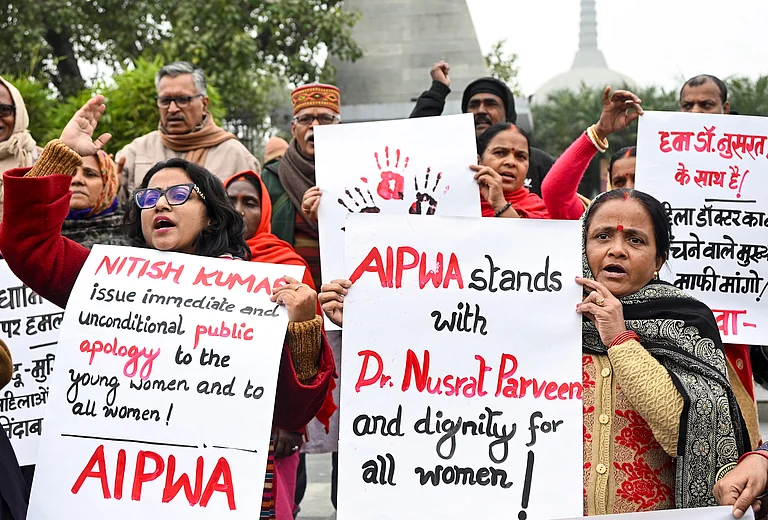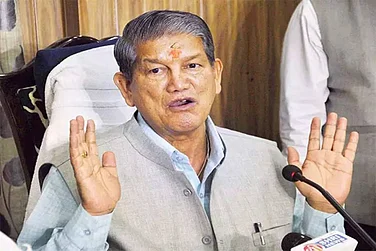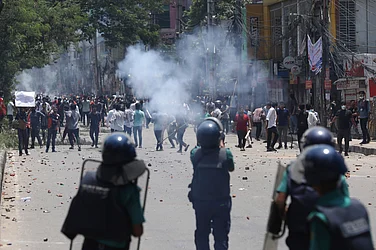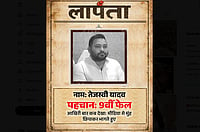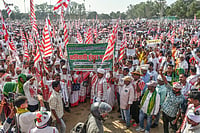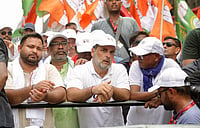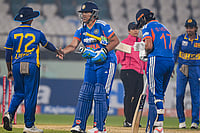A fresh political storm has erupted in Bihar following the recent murder of a businessman in the state capital, Patna. The ruling coalition and opposition parties have launched sharp attacks against each other over the law and order situation in the state.
Opposition leaders squarely blame Chief Minister Nitish Kumar and his alliance partner, the Bharatiya Janata Party (BJP). Leader of Opposition in the Lok Sabha, Rahul Gandhi, wrote on X:
Ex-Deputy Chief Minister, Tejashwi Yadav of the Rashtriya Janata Dal (RJD), echoed similar concerns, stating that Khemka’s killing has triggered panic among Bihar’s traders, many of whom now want to leave the state.
“If traders begin to flee, how will industries ever come here?” he asked, questioning the poor law and order conditions along with the promises of better employment prospects in Bihar under the current administration.
The murder was committed close to the District Magistrate and Superintendent of Police residences and close to a police station, which had Yadav question why the police “took two hours” to arrive at the scene of the crime.
While the BJP and Kumar’s party, the Janata Dal (united) or JD(U) have dismissed these statements as politically motivated, the rising concerns over serious crimes in Bihar are becoming difficult to ignored. Nearly a dozen murders have been reported in the past two months in Patna alone. From January to May 2024, 142 murder cases were registered, while in the same period in 2025, 116 cases were recorded.
The murder of Gopal Khemka has reignited the panic about safety in Patna, especially since he was not only a prominent businessman but also a BJP leader. On July 4, at 11:40 AM, he was shot in the head at close range by assailants while emerging from his car near Ramgulam Chowk.
He was rushed to the hospital but was declared dead on arrival. Notably, this is the second murder in the Khemka family. On December 20, 2018, his son Gunjan Khemka was shot dead by motorcycle-borne assailants near Hajipur, about 30 km from Patna.
Chief Minister Nitish Kumar took swift notice of the latest incident and constituted a thirty-five-member Special Investigation Team (SIT). The probe has led to multiple raids, the examination of the footage of over 100 CCTV cameras, and several detentions. At the time of this report, the main shooter had been arrested by police.
Bihar’s political history over the past 35 years has been described using the contrasting terms “Jungle Raj” and “Mangal Raj”. From 1990 to 2005, the state was ruled by RJD under Lalu Prasad Yadav, a period labelled by opponents as the era of “Jungle Raj”.
Since then, barring a brief interruption, the JD(U)-BJP alliance has governed Bihar, their tenure being characterized by their supporters as one representative of “Good Governance” or “Mangal Raj”. However, crime has persisted across both regimes.
According to the National Crime Records Bureau (NCRB), Bihar witnessed the highest increase in crime across India in 2022. Under the Indian Penal Code and special/local laws, crimes rose by 23 per cent, the sharpest spike nationwide. Bihar recorded 2,930 murders, second only to Uttar Pradesh and 11,822 kidnapping cases, placing it third after Uttar Pradesh and Maharashtra. From 2017 to 2021, a total of 14,824 murder cases were registered, averaging 2,800 to 3,150 murders per year.
The ruling parties argue that law and order have improved significantly compared to the RJD era. JD(U) spokesperson Dr. Nihora Prasad Yadav said, “The situation now is far better than during their time. Under our government, criminals are being arrested and convicted. Back then, political interference often shielded the accused.”
In response to the opposition’s allegations, he said, “They are being aggressive to distract from their own history of Jungle Raj.”
JD(U) claims that between 1990–2005, there were 118 caste-related violent incidents resulting in 812 deaths, 130 communal riots that killed around 26,000 people, 5,243 kidnappings for ransom, and 12,827 reported rapes.
RJD’s Bihar General Secretary Mohammad Faiyaz Alam Kamal countered by saying:“They’ve ruled for 20 years; we only had 15. Just look at the data and compare who oversaw more crime. How long will they hide their failures behind the Jungle Raj narrative?”
He also highlighted differences in police capacity, saying, ”During our time, police stations had only five constables; now they have twenty. Vehicles and resources were scarce. Despite that, crime was lower during our tenure.”
According to the RJD, cognizable crimes rose significantly during Nitish Kumar’s tenure, while they declined in its term, from 1.24 lakh in 1990 to 97,850 in 2005. In contrast, under Nitish's rule. According to a Times of India report, the National Crime Records Bureau data is as follows:
2005–2010: 1.27 lakh
2010–2015: 1.76 lakh
2015–2018: 1.96 lakh
This marks a 101.2 per cent overall increase compared to the RJD era, according to figures cited by Yadav in the state Assembly.
One media report noted that in 2005, Bihar had just 0.65 police officers per 1,000 people which is one of the lowest ratios in the country at the time.
The killing of Gopal Khemka has once again put the spotlight on Bihar’s deteriorating law and order situation, particularly in its capital. As political parties continue to trade blame over the state’s crime record, the real concern remains unaddressed: public safety.
With data pointing to a rising crime graph and repeated incidents of high-profile killings, Bihar faces a critical challenge in restoring confidence among its citizens and creating an environment conducive to business, peace, and development.







